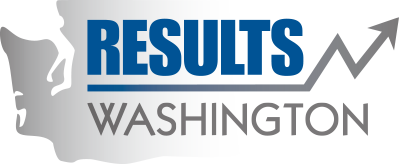Archived: Completed tasks required for constructing and operating Hanford's direct feed low activity tank waste treatment facilities
At the Hanford Nuclear Site in south central Washington, the U.S.Department of Energy (USDOE) is constructing the Waste Treatment Plant (WTP) to treat 56 million gallons of mixed chemical and radioactive waste. This waste is stored in 177 aging underground tanks, 68 of which have leaked at least one million gallons into soil and groundwater. The Department of Ecology regulates this construction project and its completion is integral to finishing Hanford cleanup.
As a result of a 2016 consent decree, the USDOE has initiated a project focused on completion of direct feed low activity waste (DFLAW) facilities that will be used to begin treatment of the low activity portion of waste currently stored in the Hanford tanks. Ecology support and regulatory oversight will continue to be maintained on the overall WTP project and will also be monitoring and tracking the key tasks associated with the DFLAW project. Ecology will report the completion of tasks required for constructing and then operating the Hanford low activity tank waste treatment facilities from 0% in 2016 to 100% by 2023.
- Overseeing DFLAW construction to ensure it follows the approved design in Ecology's Dangerous Waste Permit for the plan. Approved designs meet Washington's State's Dangerous Waste Regulations and protect people and the environment from the dangers of mixed radioactive waste.
- Reviewing our Dangerous Waste Permit for the Waste Treatment Plant to identify parts that need updating now that redesign may be needed to solve technical issues. When Ecology makes a major change to this permit, it provides an opportunity for the public to comment, and we do this one to four times per year.
- Requesting detailed information from the U.S. Department of Energy about revised cost, schedule, and work scope for the DFLAW facilities.
